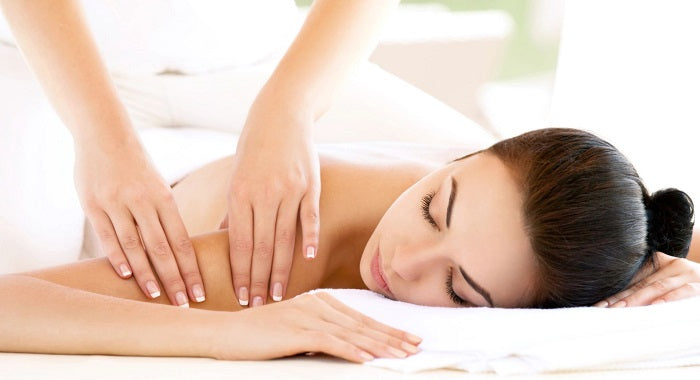Massage Therapy

What is massage therapy used for?
Massage therapy is used to help manage a health condition or enhance wellness. It involves manipulating the soft tissues of the body. Massage has been practiced in most cultures, both Eastern and Western, throughout human history, and was one of the earliest tools that people used to try to relieve pain.
What are the different types of massage?
The term “massage therapy” includes many techniques. The most common form of massage therapy in Western countries is called Swedish or classical massage; it is the core of most massage training programs. Other styles include sports massage, clinical massage to accomplish specific goals such as releasing muscle spasms, and massage traditions derived from Eastern cultures, such as Shiatsu and Tuina.
Do massages help pain?
Massage therapy has been studied for several types of pain, including low-back pain, neck and shoulder pain, pain from osteoarthritis of the knee, and headaches. Here’s what the science says:
Low-Back Pain
Several evaluations of massage for low-back pain have found only weak evidence that it may be helpful.
The Agency for Healthcare Research and Quality, in a 2016 evaluation of nondrug therapies for low-back pain, examined 20 studies that compared massage to usual care or other interventions and found that there was evidence that massage was helpful for chronic low-back pain but the strength of the evidence was low. The agency also looked at six studies that compared different types of massage but found that the evidence was insufficient to show whether any types were more effective than others.
A 2015 review of 25 studies with a total of 3,096 participants found that in both acute and chronic low-back pain, there were short-term improvements in pain after massage therapy. However, because the quality of the studies was low, the investigators who conducted the review concluded that they had “very little confidence” that massage is an effective treatment for low-back pain.
Clinical practice guidelines (guidance for health care providers) issued by the American College of Physicians in 2017 included massage therapy as an option for treating acute/subacute low-back pain but did not include massage therapy among the options for treating chronic low-back pain.
Neck and Shoulder Pain
Massage therapy may be helpful for neck or shoulder pain, but the benefits may only last for a short time.
A 2013 review of 12 studies (757 total participants) found that massage therapy was more helpful for both neck and shoulder pain than inactive therapies but was not more effective than other active therapies. For shoulder pain, massage therapy had short-term benefits only.
A 2016 review of 4 studies conducted in the United States (519 participants) found that massage could provide short-term relief of neck pain if massage sessions were long enough and frequent enough.
Osteoarthritis of the Knee
The small amount of research that’s been done on massage therapy for osteoarthritis of the knee suggests that it may have short-term benefits in relieving knee pain.
Of 6 studies that evaluated massage therapy for osteoarthritis of the knee (408 total participants), 5 found that it provided short-term pain relief. Two of the studies that showed pain relief (149 participants) involved the use of essential oils (aromatherapy massage).
Osteoarthritis of the Knee
Headaches
Only a small number of studies of massage for headache have been completed. These studies looked at different types of massage and different types of headache, and their results are not consistent.
A 2016 study with 64 participants evaluated 2 types of massage (lymphatic drainage and traditional massage), once a week for 8 weeks, in patients with migraine. The frequency of migraines decreased in both groups, compared with people on a waiting list.
In a 2015 study, 56 people with tension headaches were assigned to receive massage at myofascial trigger points or an inactive treatment (detuned ultrasound) twice a week for 6 weeks or to be on a waiting list. People who received either massage or the inactive treatment had a decrease in the frequency of headaches, but there was no difference between the two groups.
A 2011 study evaluated the effect of adding hand massage to multimodal behavior treatment of migraine in 83 people. Hand massage had no effect on migraine frequency.
Sorry, there are no products in this collection